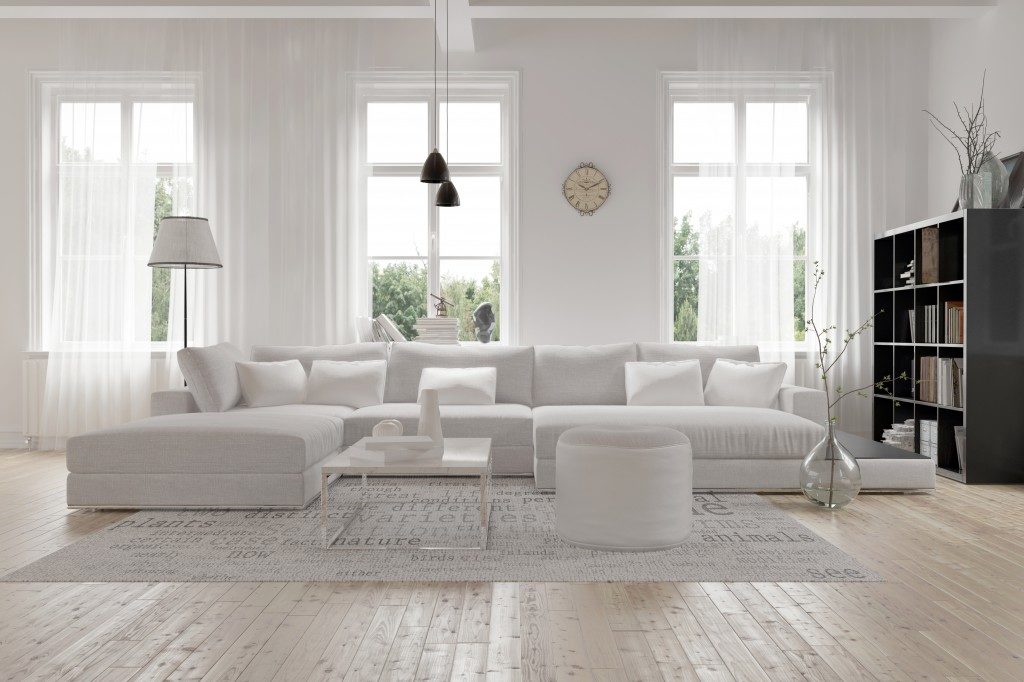There’s probably no other design style more popular these days than minimalism. It’s not surprising that a lot more homeowners are embracing it. It’s simple, clean, and uncomplicated, the very things you want (and need) to find sanity in the modern, fast-paced lifestyle. If you yourself want to transform your home into a minimalist oasis, here are the elements that you need to pay attention to:
Subdued colours
Minimalist homes boast of clean, light-filled spaces, which are achieved by the toned-down colour palette they usually have. Typically, you’ll find light hues such as white and barely-there neutrals, such as grey and beige. Sometimes, there are touches of pastels, too. Of course, there’s always the option of introducing brighter shades to break the monotony of colours, but you want to use them as accents only. Again, you want to remain true to the clean, simple characteristic of minimalism. When you paint your walls, choose flooring materials, or buy sofas for sale online, go for subdued colours.
Simple forms
Another reason minimalist spaces feel so uncluttered is the presence of simple lines and shapes. The idea is that beauty becomes all the more highlighted when elements are stripped down to their basic forms. This means no intricacies, ornaments, or attention-grabbing details in design details. A couch, for instance, wouldn’t have too many patterns or adornments, but rather strong, smooth lines only. If you want to incorporate prints, though, just like the bright colours, do it in small doses. Take a look at your space again and see which furnishings and elements can be stripped down to their basic form.
Blank spaces

Negative space refers to the empty, vacant area in a room. It’s animportant concept in interior design. It gives the eye a rest and brings to focus the other elements in the space. This is, however, most crucial in minimalist homes. Because on top of the things mentioned, it contributes to the simplicity that the design style wants to achieve. Now, if you’re not used to having empty corners in your room, start asking yourself this question: What’s in this space that would go just fine without accessories, like art pieces or vases? This will help you in “editing” rooms and getting rid of a few things.
Bare essentials
Speaking of getting rid of visual clutter, this should also remind you of the number one principle in introducing new stuff: Make sure that they’re only the essentials. If they won’t serve a meaningful purpose, they will only end up in your trash when you do the editing of your space later. For instance, you’re shopping for a sofa. If you can find one that is multi-purpose, can be a storage space like an ottoman, or serve as a be, go get it. That’s an essential. It won’t be easily thrown out.
Although minimalist homes are simple in nature, it takes a real, hard effort to make them happen. But by considering these features mentioned, you can certainly pull it off.



